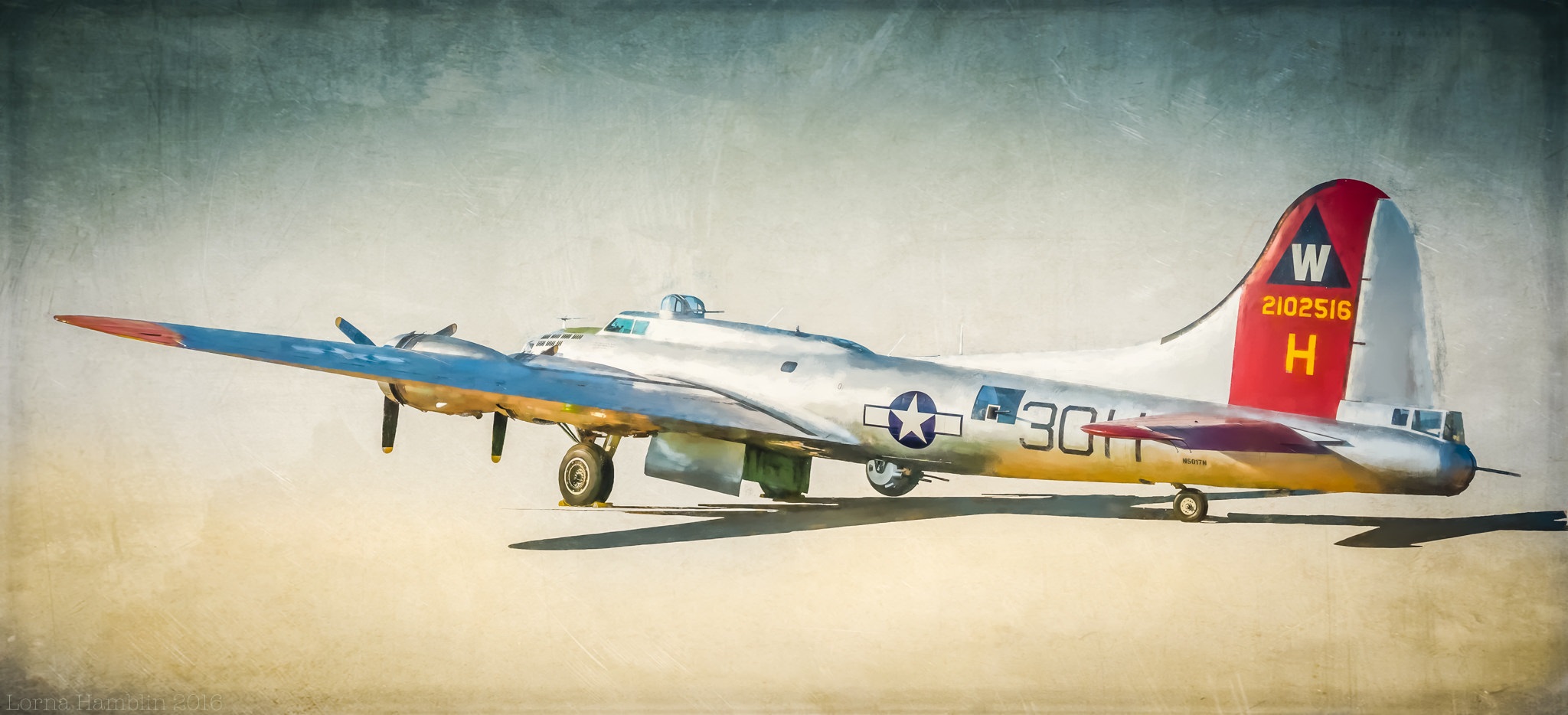Flickr Photo Of The Week
ArtandSeek.net August 29, 2017 14
Congratulations to Lorna Hamblin the winner of the Flickr Photo of the Week contest. This is the first-time Lorna has won our little contest. She follows last week’s winner, Bo Dudas.
If you would like to participate in the Flickr Photo of the Week contest, all you need to do is upload your photo to our Flickr group page. It’s fine to submit a photo you took earlier than the current week, but we are hoping that the contest will inspire you to go out and shoot something fantastic this week to share with Art&Seek users. If the picture you take involves a facet of the arts, even better. The contest week will run from Tuesday to Monday, and the Art&Seek staff will pick a winner on Friday afternoon. We’ll notify the winner through FlickrMail (so be sure to check those inboxes) and ask you to fill out a short survey to tell us a little more about yourself and the photo you took. We’ll post the winners’ photo on Tuesday.
Title of photo: “Aluminum Overcast”
Equipment: Sony a6000 with Sony E PZ 16-50mm lens
Tell us about your photo: Aluminum Overcast, N5017N, is one of only ten airworthy Boeing B-17 Flying Fortresses. It never saw combat and somehow escaped being scrapped after World War II. It is owned by the Experimental Aircraft Association (EAA) and is still touring the United States and Canada. We saw it at Arlington Municipal Airport in November 2016.
The overhaul and restoration of the airframe took more than 10 years and thousands of hours by staff and volunteers at EAA headquarters in Oshkosh, Wisconsin. The aircraft carries the colors of the 398th Bomb Group of World War II which flew hundreds of missions over Nazi-held territory during the war. Aluminum Overcast commemorates B-17G AAF Serial No. 42-102516, shot down over France in 1944. ~Wikipedia
I am horrified at the concept of the ball turret which can be seen hanging from the belly of the aircraft. This cramped compartment was only large enough to carry a gunner of small stature, and the only entrance and egress was through a small hatch on the turret. These airmen knew that if the landing gear failed or was shot off in battle, the ball turret would likely be destroyed in an attempted landing.









